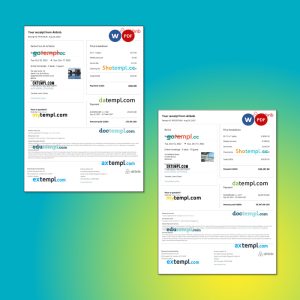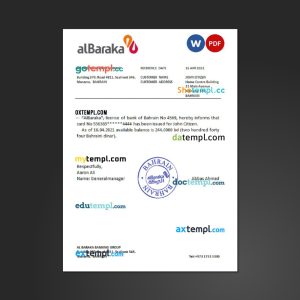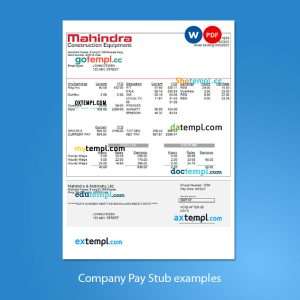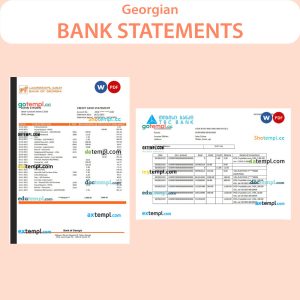Airbnb is an online marketplace that connects travellers with local hosts who are renting out their properties or spare rooms. The platform offers a wide range of accommodation options, from shared rooms to entire homes, and operates in more than 220 countries and regions.
Airbnb has become a popular choice for travellers seeking affordable and flexible lodging options and allows them to connect with local hosts and experience their destination like a local. Hosts can earn extra income by renting out their properties or spare rooms, and have the option to accept or decline reservation requests.
The platform provides detailed descriptions and photos of each listing, as well as reviews from previous guests, to help travellers make informed decisions when booking. Airbnb also offers a secure payment system and customer support to ensure a positive booking experience for both hosts and guests.
With its global reach and unique travel experiences, Airbnb has transformed the way people travel and explore the world.

How to use it?
If you’re new to Airbnb, here are the steps to use the platform to book your accommodation:
- Create an account: To use Airbnb, you’ll need to create an account with your email address or social media account.
- Search for a listing: Enter your destination, travel dates, and the number of guests to search for available listings. You can also use filters to narrow down your search by price, property type, amenities, and more.
- Review the listing: Once you’ve found a listing that meets your needs, review the description, photos, and reviews from previous guests. Make sure to read the house rules and cancellation policy before booking.
- Contact the host: If you have any questions or concerns, you can message the host through the Airbnb platform before booking.
- Book the accommodation: Once you’re ready to book, click the “Book” button and enter your payment information. Airbnb offers a secure payment system and charges a service fee for each booking.
- Communicate with the host: After booking, you can message the host through the Airbnb platform to coordinate check-in details and ask any additional questions.
- Enjoy your stay: On the day of your arrival, follow the host’s instructions for check-in and enjoy your stay. After your stay, leave a review of the host and the accommodation to help future guests make informed decisions.
By following these steps, you can use Airbnb to book unique and affordable accommodations for your next trip.
Important things to know
If you’re new to using Airbnb, there are a few important things to keep in mind:
- Booking process: Airbnb is a platform that connects travellers with hosts who are renting out their properties or spare rooms. When you book through Airbnb, you’re booking directly with the host, who has the option to accept or decline your reservation request.
- Accommodation types: Airbnb offers a wide range of accommodation types, from shared rooms to entire homes, and everything in between. Make sure to read the description and reviews of each listing carefully to ensure that it meets your needs and preferences.
- Communication with hosts: It’s important to communicate with your host before and during your stay to coordinate check-in details, ask questions, and address any concerns. You can message your host through the Airbnb platform.
- Safety and security: Airbnb takes safety and security seriously, and offers a number of features to ensure a safe and comfortable stay for both guests and hosts. Make sure to read the house rules and security features of each listing before booking, and report any concerns to Airbnb’s customer support team.
- Payment and fees: Airbnb charges a service fee for each booking, which is added to the total cost of the reservation. Payment is processed through the Airbnb platform, which offers a secure payment system.
- Reviews and ratings: After your stay, you’ll have the opportunity to leave a review of your host and the accommodation. Similarly, hosts can leave reviews of guests. Reviews and ratings are an important part of the Airbnb community and can help future guests make informed decisions.
By keeping these things in mind, you can have a positive and enjoyable experience using Airbnb for your travel accommodations.
Interesting facts about Airbnb
Here are some interesting facts about Airbnb:
- The company was founded in 2008 by Brian Chesky, Joe Gebbia, and Nathan Blecharczyk, who rented out air mattresses in their San Francisco apartment during a design conference due to a shortage of hotel rooms.
- The first Airbnb booking was for a spare room in the founders’ apartment in San Francisco, for which they charged $80 per night.
- Airbnb has over 4 million hosts in 220+ countries and regions, and over 900 million guest arrivals to date.
- The most popular destination on Airbnb in Paris, with over 100,000 listings.
- In 2017, Airbnb introduced a new feature called “Experiences,” which allows guests to book activities and tours led by locals.
- The most expensive Airbnb rental ever was a private island in French Polynesia, which cost $150,000 per night.
- Airbnb has faced regulatory challenges in some cities and countries, with concerns around housing availability and safety.
- In response to the COVID-19 pandemic, Airbnb launched a new cleaning protocol to ensure the safety and cleanliness of accommodations and also introduced new features to support flexible cancellations and remote stays.
- In 2020, Airbnb went public and its shares soared, making it one of the most successful IPOs of the year.
These facts highlight the growth and impact of Airbnb on the travel industry, as well as its innovative features and challenges faced over the years.
In conclusion, Airbnb has transformed the way people travel and experience new destinations. With its unique accommodations, personalized experiences, and affordable prices, it has become a popular choice for travellers around the world. Airbnb offers a platform for both guests and hosts to connect, communicate, and coordinate their stays. While there are some concerns around safety and security, Airbnb has taken steps to address these issues and provide a secure and positive experience for all users. With its growing popularity and global reach, Airbnb has become a major player in the travel industry and is here to stay.
If you want to explore more about hotel bookings click here: hotel booking




